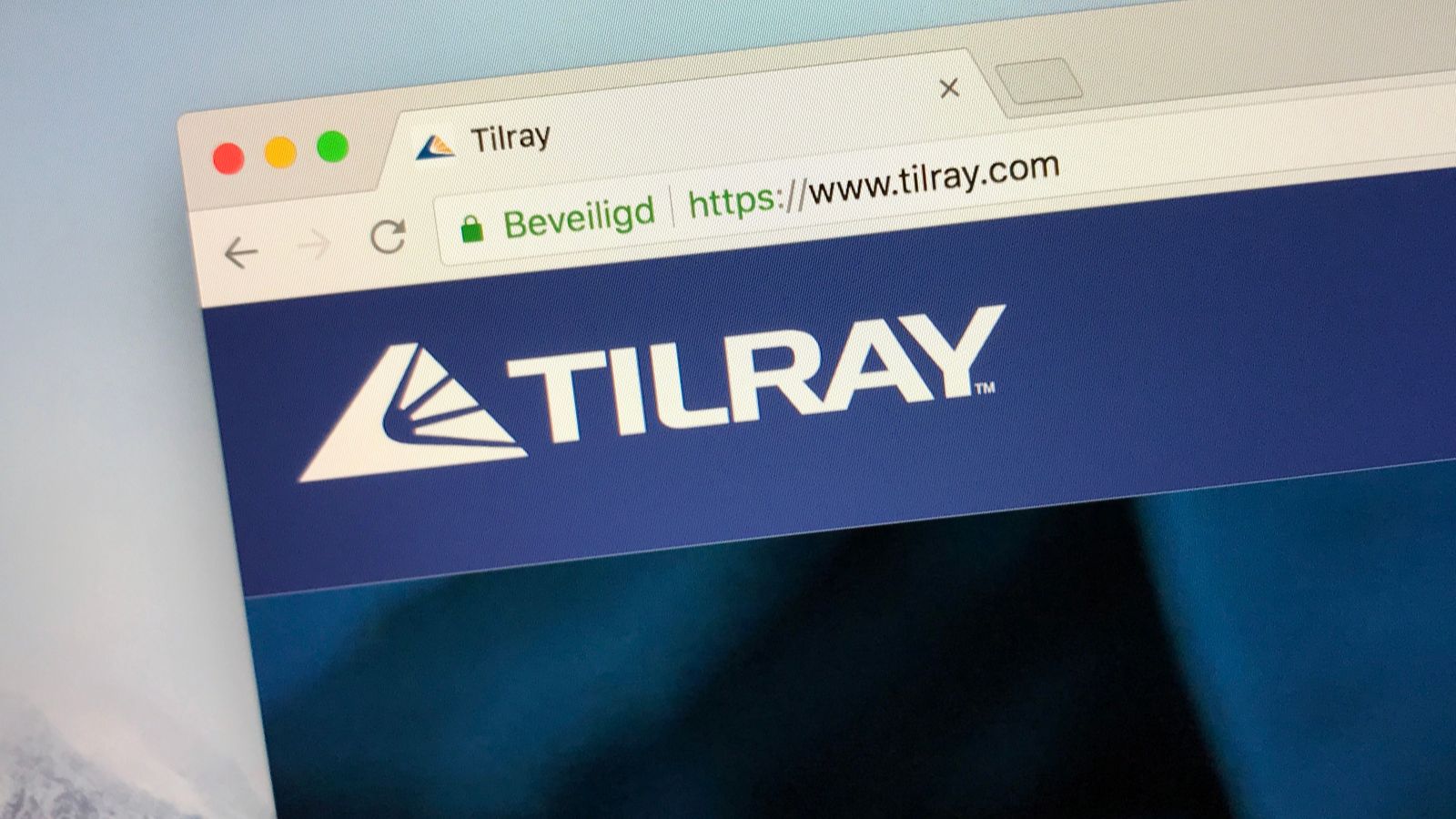Tilray (NASDAQ:TLRY) just reported its Q4 and full-year 2020 earnings on Feb. 17. The most important news was that the company finally was able to achieve EBITDA (earnings before interest, taxes, depreciation,and amortization) profitability. This news, along with the upcoming merger with Aphria (NASDAQ:APHA), could push TLRY stock up over the next year.

Tilray reported that it achieved its stated goal of becoming breakeven or positive EBITDA. It made $2.2 million in adjusted EBITDA during Q2. This is compared to negative $35.3 million in adjusted EBITDA last year.
The company did this by both raising revenue by 26% over last year and by cutting costs by $57 million over that period. Tilray said it now operates with a “more focused, efficient and competitive cost structure.”
It did not produce a cash flow statement in its press release. That will come out with the 10-Q in several days. However, I suspect that it shows that the company still is burning cash. This is because EBITDA does not include things like capex spending, working capital changes, debt and tax payments.
Merger With Aphria
Tilray’s merger with Aphria, announced in December and set to close in Q2, will create the largest cannabis company. The company says that the “new Tilray” will have synergies of over 100 million CAD in cost savings from both companies. This will bring significant value to the combined company.
If those synergies work out within the next year, that could potentially mean roughly $80 million in adjusted EBITDA. Assuming half of that leads to free cash flow (FCF), along with 20% growth, the FCF of the combined company could be as high as $50 million.
Therefore, assuming the merger results in a new market capitalization of approximately $13 billion, the FCF yield of the new company would be 0.38%. That is a fairly high valuation. But the market will likely realize that once the company is FCF positive then it is likely to grow over time.
In several years, if the combined company’s FCF were to triple to, say, $150 million, the market value of the two would have a 1.15% FCF yield. This means that at today’s price the company is probably fairly valued.
However, the market is going to want to see more of this. For TLRY stock to move higher after the merger, the combined companies would have to be much more profitable than today.
What to Do With TLRY Stock
Short interest in TLRY stock is now at 20% of the public float, according to Yahoo! Finance. That is a very high level, although it is down from 36.6% over a week ago.
This is because short-sellers think the combined merger will likely lead to further losses. Or, even worse, that the merger may not even occur at all. Although I doubt the latter, it is true that Tilray and Aphria are going to have to show how profitable they can become after the merger.
Others think the merger will benefit from President Joe Biden’s administration loosening up restrictions on the purchase and sale of cannabis. So far nothing has happened along these lines, but it is still early.
Cantor Fitzgerald has a $30.25 price target on Tilray but said in their note that the volatility in the sector may keep investors away from TLRY stock.
Other analysts are not as sanguine on the stock. For example, Yahoo! Finance, which uses data from Refinitiv, has a much lower average price target. Their data from 11 analysts show that the average price target is just $18.25, or 36% below today’s price of $28.61.
TipRanks.com says that the average price target of 10 analysts is $19.39, or 32% below today’s price. MarketBeat reports that 15 analysts have an average target price of $18.40, implying a 36% drop in TLRY stock. In essence, no one is positive on the stock. The company has a lot to prove to analysts and investors.
Most investors will probably wait until they can see evidence of sustained profitability, not just on an EBITDA basis, but also with cash burn.
On the date of publication, Mark R. Hake does not hold a long or short position in any stock or security mentioned in this article.
Mark Hake writes about personal finance on mrhake.medium.com and runs the Total Yield Value Guide which you can review here.
